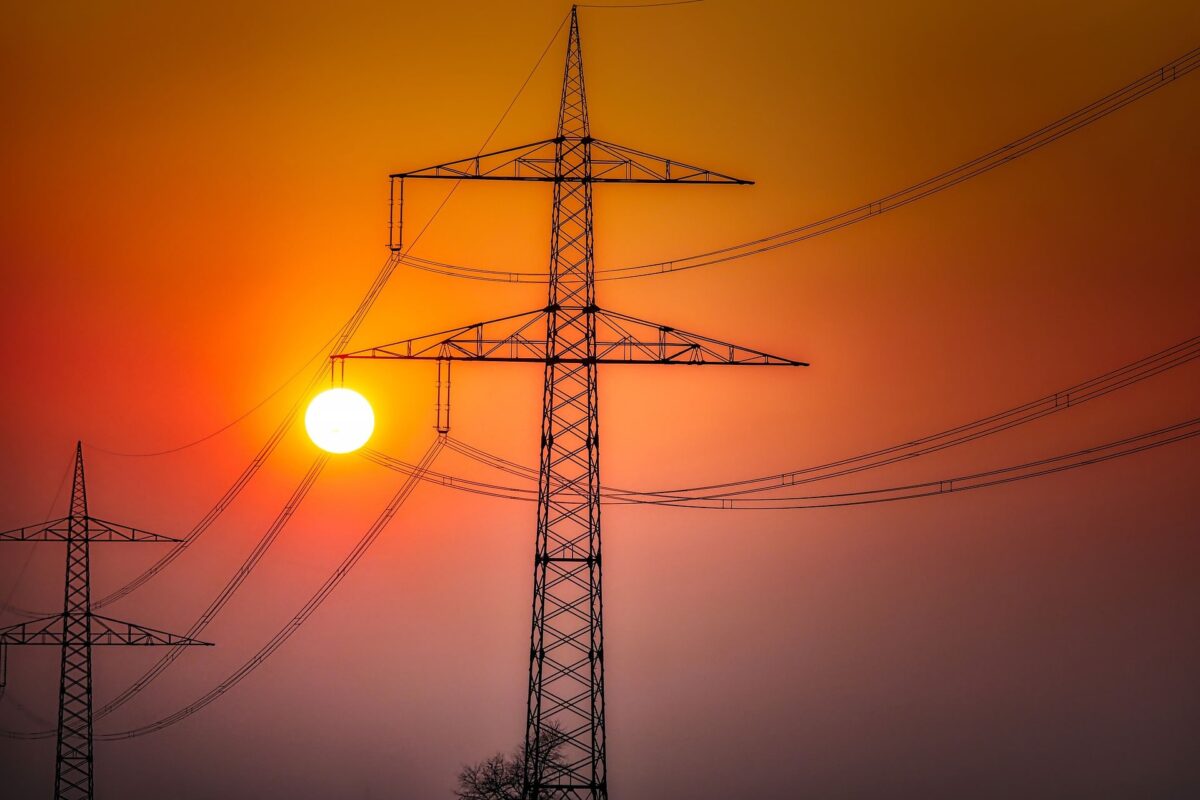With the entrants of diverse distributed energy resources (DERs) and new utility requirements, optimizing and monetizing solar energy systems have become increasingly complex. However, monitoring and control technology are struggling to keep pace and meet these more sophisticated demands.
If the industry does not want to be hampered by its reliance on outdated monitoring and control technology, it needs to quickly leverage this window of opportunity to upgrade the capabilities of supervisory control and data acquisition (SCADA) by leveraging more advanced grid-edge, cloud computing, IoT-based technology that can support the integration of AI and help create a smarter grid.
SCADA is a technology that dates back to the 1970s and the solar energy industry originally made it a standard by adopting it from fossil fuel power stations. Over the past decade and a half, when solar was in its infancy and a small share of the grid, SCADA’s limited protocols met the grid’s requirements. But as the industry has evolved, SCADA is being stretched beyond its original design and is struggling to keep pace. Its drawbacks are beginning to hold back our industry’s advancement. For instance, as solar is increasingly coupled with batteries, EV chargers, and other types of DERs, SCADA’s lack of interconnectivity and interoperability with diverse hardware has increasing impact on compatibility and scalability.
Another example is that SCADA is more effectively used for daily operations versus storing big data that AI can leverage to improve long-term operations. Plus, the programmable logic controller (PLC)-based architectures do not support the more sophisticated controls increasingly being required by utilities. Overall, solar has outgrown the limits of SCADA and has quickly become too dynamic for a SCADA-only approach.
By using a software-first approach and connecting directly to onsite hardware, including inverters, batteries, RGMs, and other DERs, or through the manufacturers’ servers, new cloud computing technology can leverage industrial IoT protocols and extend the capabilities of SCADA. By overcoming the limitations of SCADA, a number of crucial benefits are unlocked for grid operators, O&M providers, IPPs, and asset owners, while also ushering in the age of a smarter grid.
The initial advantage of transitioning from a PLC-based hardware approach to a smart agent backed by cloud computing is that it drastically expands the types of controls that are available to clean energy assets. Unlike PLCs, that are simple logic-based programs pre-installed on a power plant controller (PPC) that has limited storage and memory, when controls are managed in the cloud there is no limit to how many controls or insights can be provided. In fact, it completely eliminates the concept of a control library because controls can continuously be added and optimized.
Instead of a static library, it becomes a growing and evolving tool that improves over time. This means that controls like arbitrage, peak shaving, frequency regulation, voltage support, peaker replacement, and energy shifting, can advance with the changing needs.
Another benefit of supplementing SCADA with cloud computing is being able to combine and analyze energy production data with thermal analysis to not only provide automatic alerts with minimal false positives, but also root cause analysis and precise recommendations for resolutions. This type of computing power is not available on site and is not possible with a SCADA-only approach.
That leads to a key secondary benefit of extending SCADA’s capabilities by augmenting it with cloud computing. SCADA is designed for managing power plants as siloed energy assets, but our grid is becoming more interconnected, and these distributed assets need to start working together in a more coordinated manner – both for grid stability and asset optimization. By managing controls in the cloud, distributed assets can be combined and managed as a whole. This completely surpasses the current single pane of glass concept for monitoring and controls that the industry has used as a gold standard up until now, and instead creates an advanced and cost-effective aggregator solution that is future ready.
While an aggregator offers many benefits on its own, it provides further benefit when artificial intelligence (AI) is added to the equation. By aggregating and analyzing data from multiple sites in the cloud, AI has access to more data points, enabling it to get smarter, faster; meaning better grid support and better monetization.
While SCADA has been hailed for its security, one of the reasons it is considered more secure is because of its limited functionality – limiting the opportunity for asset optimization and grid stability. Plus, its use of outdated and unencrypted protocols actually make it fairly simple to gain unauthorized access. But with industrial IoT, high-levels of encryption and verifications, significantly increase cybersecurity capabilities.
With the addition of next-generation IoT and cloud computing as part of the monitoring and controls toolbox, the solar industry can position itself to lead the entire energy industry into the era of a smart grid, where things like real-time energy trading will be ubiquitous. While a SCADA-only approach may have worked for simple unidirectional supply-side management with grid-following assets, it simply does not have the functionality to support grid-forming clean energy assets, which will herald in the age of an interconnected, dynamic, AI-powered grid.

Dekel Yaacov is the CTO and co-founder of enSights.ai, a SaaS platform. Dekel brings a wealth of experience in SaaS-based platforms and the cyber security field to drive the development of innovative solutions.
The views and opinions expressed in this article are the author’s own, and do not necessarily reflect those held by pv magazine.
This content is protected by copyright and may not be reused. If you want to cooperate with us and would like to reuse some of our content, please contact: editors@pv-magazine.com.








By submitting this form you agree to pv magazine using your data for the purposes of publishing your comment.
Your personal data will only be disclosed or otherwise transmitted to third parties for the purposes of spam filtering or if this is necessary for technical maintenance of the website. Any other transfer to third parties will not take place unless this is justified on the basis of applicable data protection regulations or if pv magazine is legally obliged to do so.
You may revoke this consent at any time with effect for the future, in which case your personal data will be deleted immediately. Otherwise, your data will be deleted if pv magazine has processed your request or the purpose of data storage is fulfilled.
Further information on data privacy can be found in our Data Protection Policy.